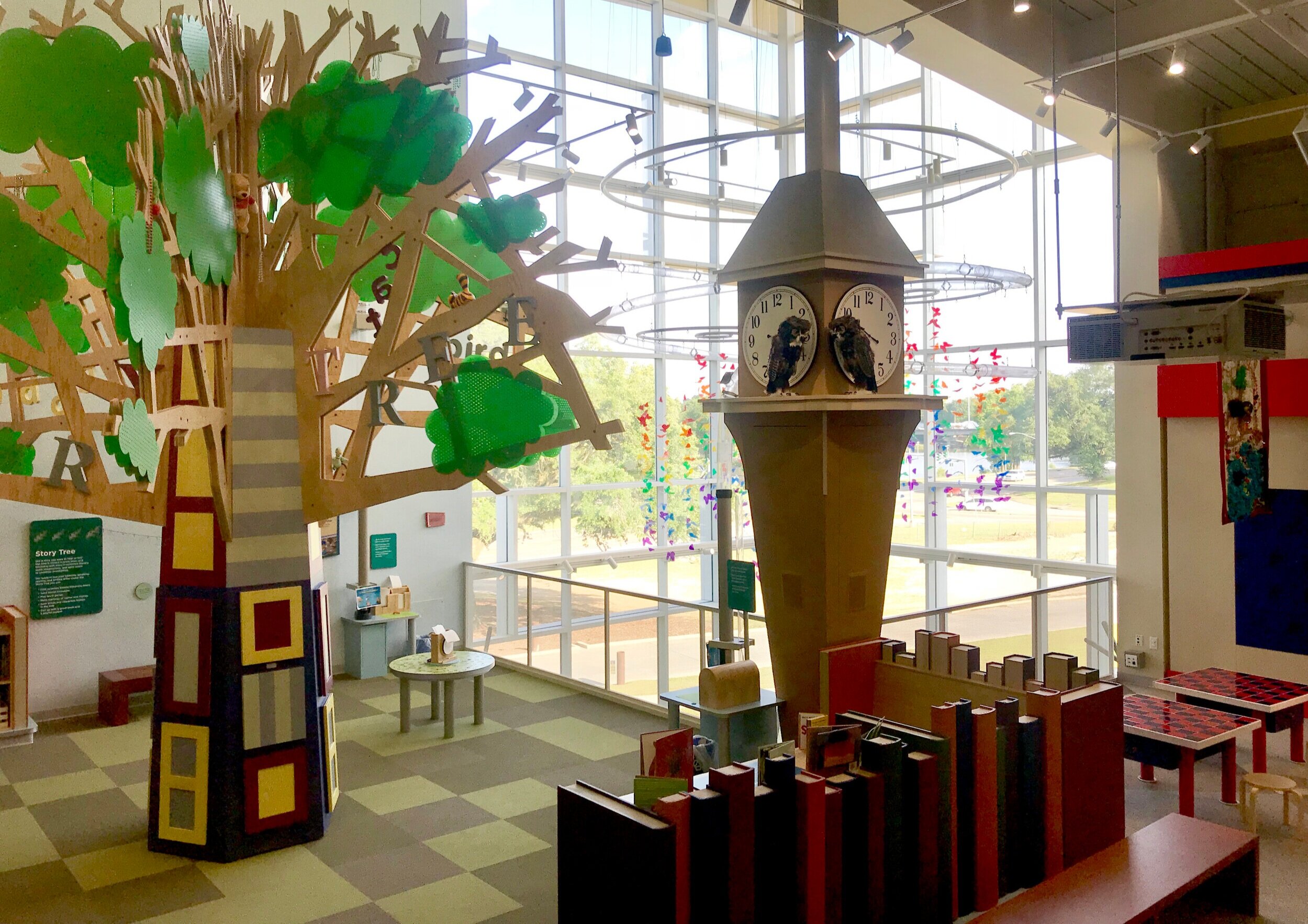
What’s New in Museums
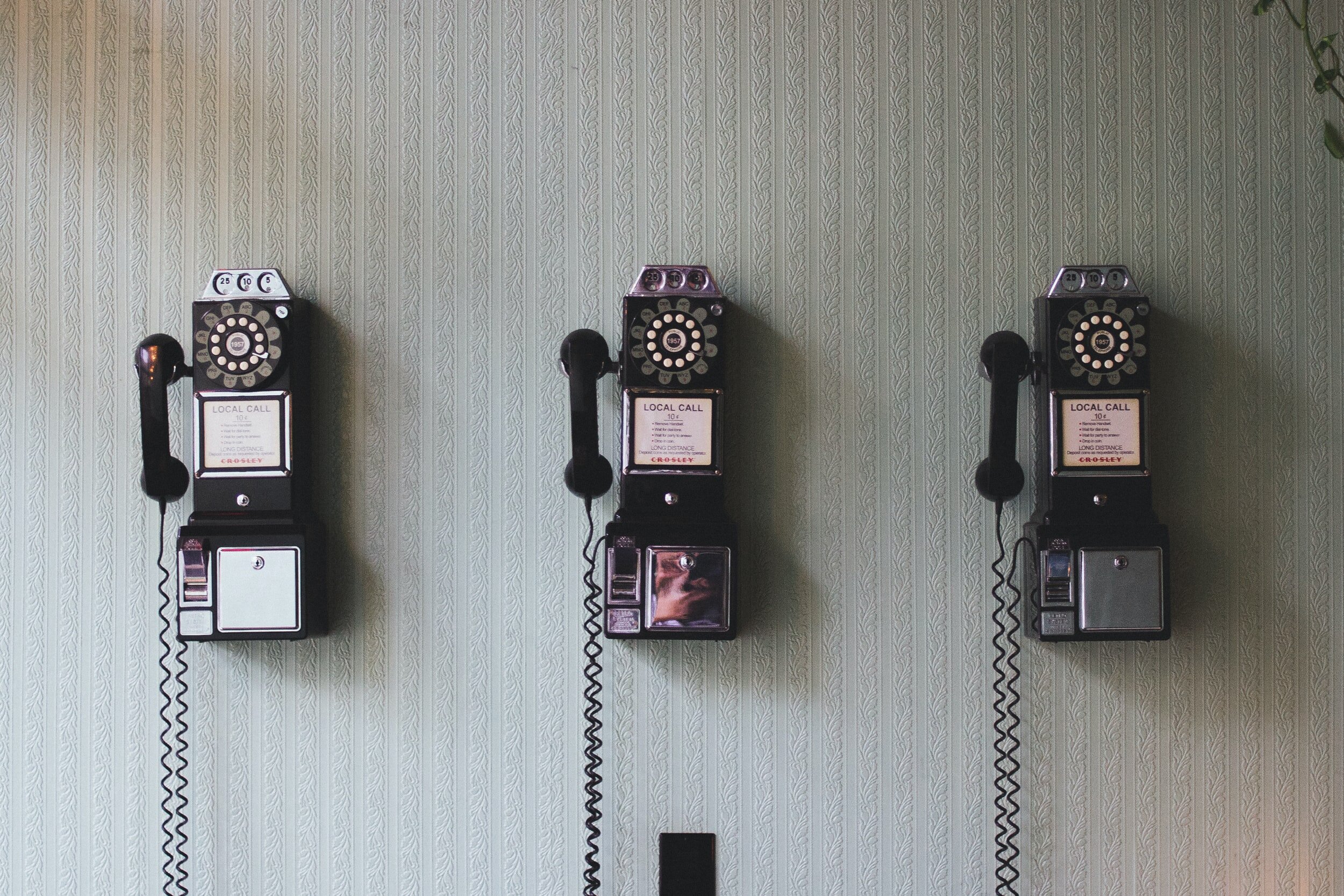
10 Tips for Great Team Communication
What exactly does good communication mean? That answer is probably a bit different in every industry, and communication style varies from person to person, but there are a few basic tenets that life (and many years of experience) have taught me and which will make your working relationships so much more smooth.
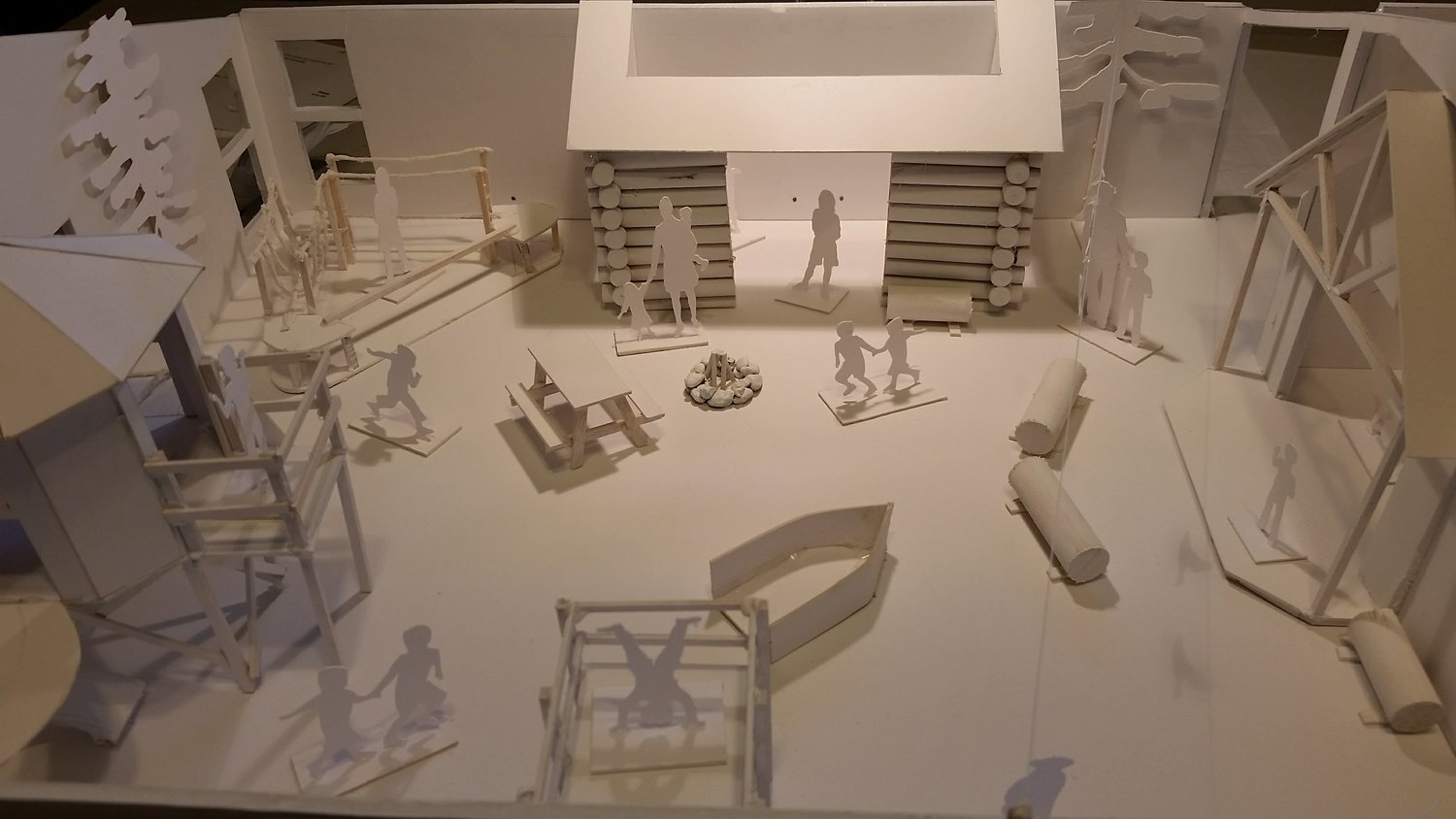
2D or not 2D…
Often, whether I’m working with a museum staff or a theatrical production team, there are people involved who just don’t have much experience looking at a ground plan or being able to translate two-dimensional representations into a three-dimensional concept. A physical model of an exhibit allows me to show and discuss (with less chance of misinterpretation) how each element of the design fits into the given space as a whole, and how each element relates to one another.
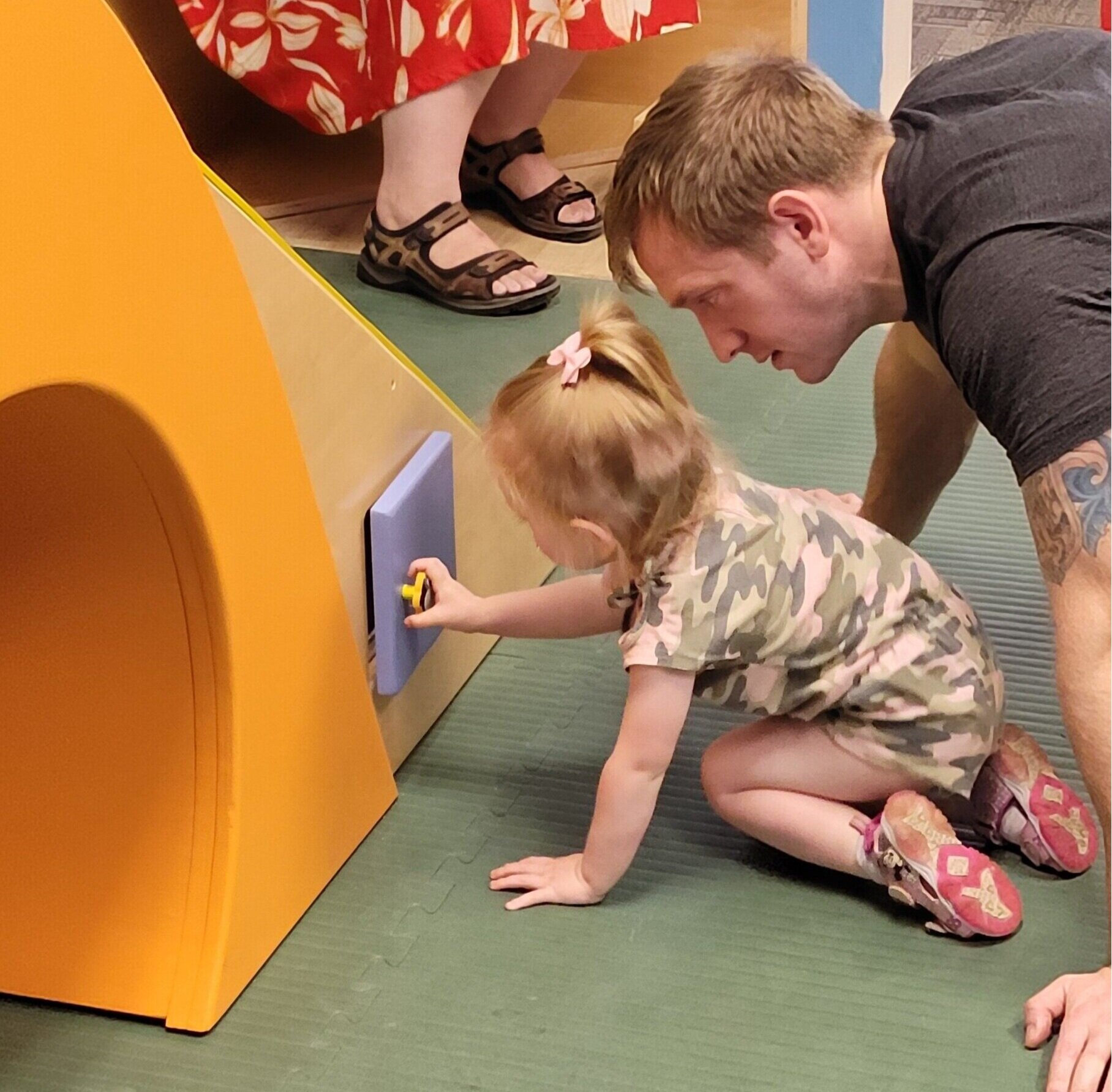
It is a happy talent to know how to play
Believe it or not, it’s been a long time since I was a toddler myself, and sometimes it’s just hard to know what children will enjoy and how they will react to what we create. Will they instinctively know what to do with the plastic balls? Will they want to explore what’s on the other side of the hill? Will they feel intimidated by the climbing holds or be challenged by them?
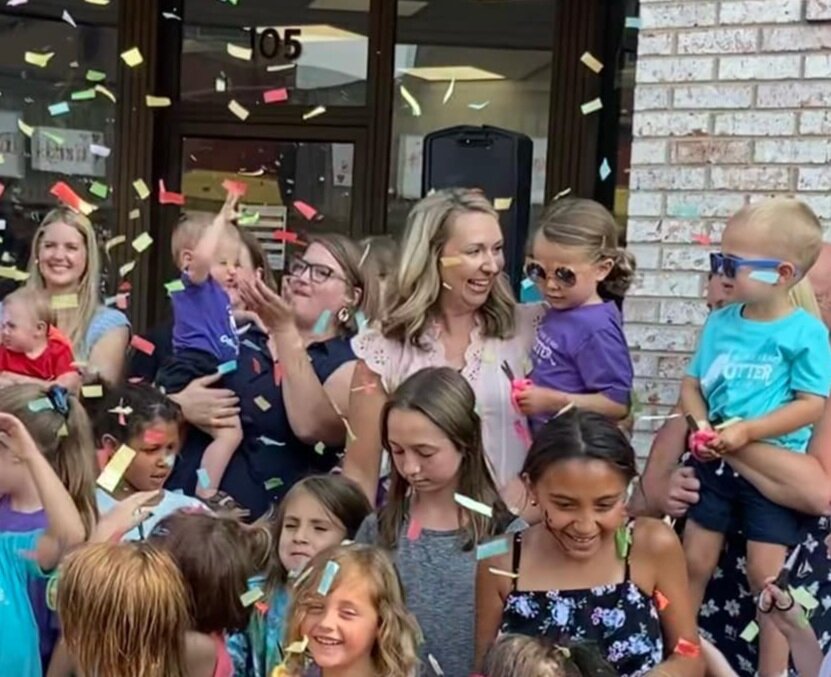
Refreshing a Gallery with New Components (pt. 2 of 2)
It was crucial that the new components of this expansion fit the vision, look and feel of the existing gallery and the museum. As we developed the interpretive plan, the museum’s values, goals, mission, and vision served as filters and guideposts to make sure that the added components would support and strengthen the visitor experience.
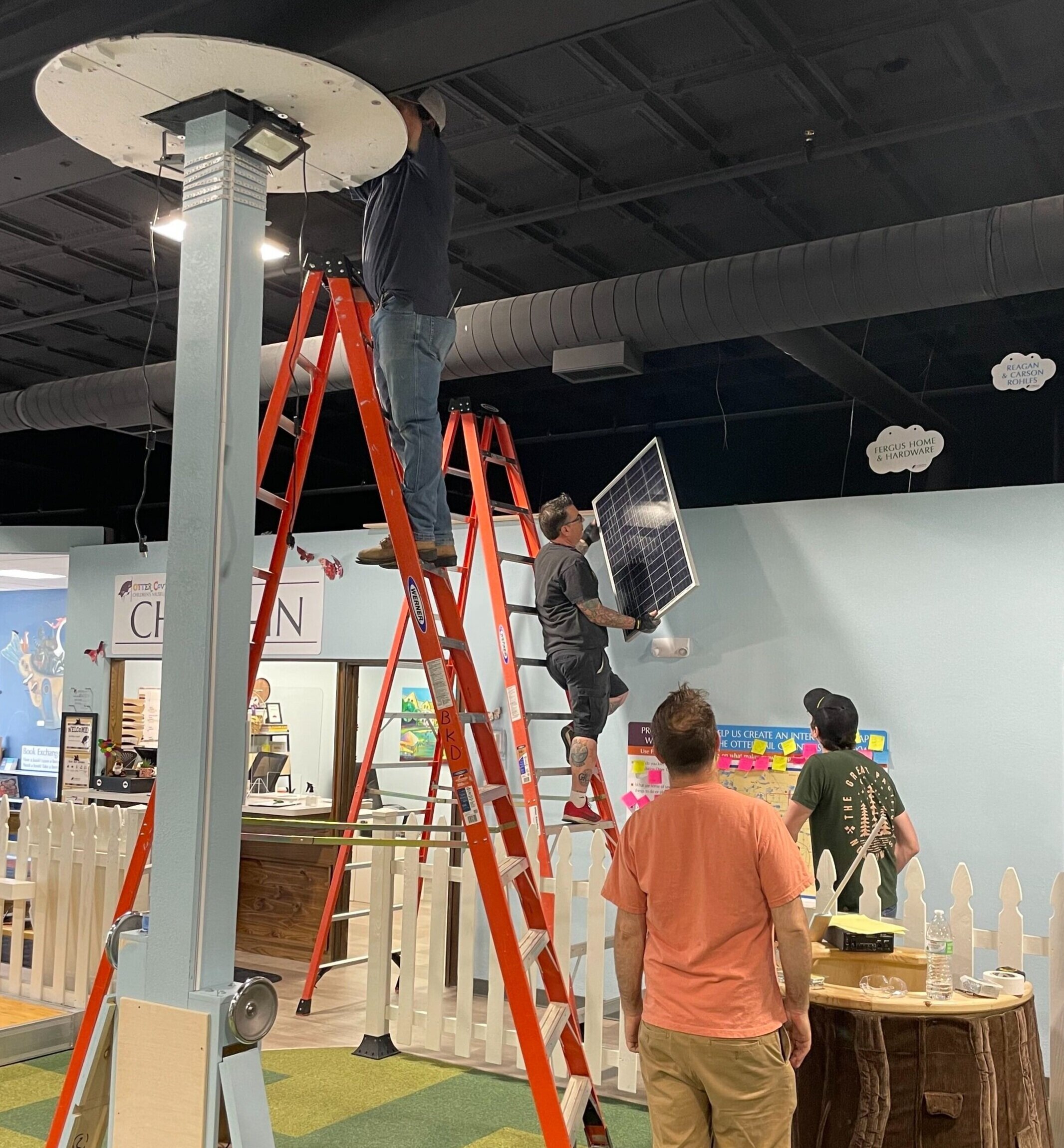
Refreshing a Gallery with New Components
Keeping up your children’s museum’s visitor experience means keeping up your exhibits. Your goals might include a commitment to new offerings, with changing programming and periodically adding new and interesting exhibit components to their existing exhibits.
